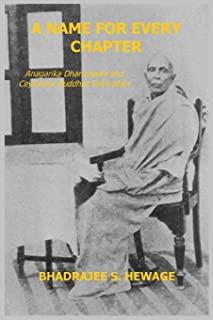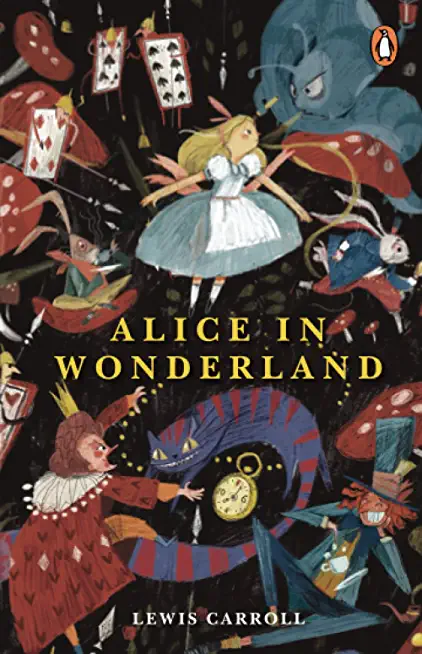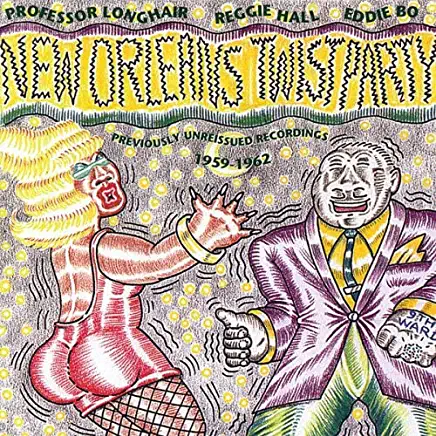
Hewage, Bhadrajee S.
Today, though there is no statue to Sri Devamitta Dhammapala, both Sri Lanka and India boast numerous statues of the famous Anagarika Dharmapala. Often portrayed in Sri Lankan historiography and public discourse as either a national hero or a fervent bigot, Dharmapala is instead described by Bhadrajee S. Hewage in terms of his thinking and attitudes which evolved over the course of his life. Drawing on a wide range of primary and secondary sources, including most importantly a typescript of Dharmapala's personal diaries, Hewage explains how Dharmapala's evolution can be understood in association with the different names by which he was known.
Collapsing the boundary created by Sri Lankan and Western scholars between the cosmopolitan and national, Hewage takes a different path to explain Dharmapala's mission to achieve Buddhahood through social and religious pursuits. Exploring Dharmapala's status in the complex relations between colonial Ceylon, Theosophy, the British Empire, and once maternal India, Hewage reorients the story of Buddhist revivalism in Ceylon around Dharmapala's life and times to better understand the career of one of Sri Lanka's most prominent icons.
member goods
listens & views

BEETHOVEN: SYM #4 / MAHLER: ...
by BOHM,KARL / LUDWIG,CHRISTA / VIENNA PHIL ORCH
COMPACT DISC$16.25






